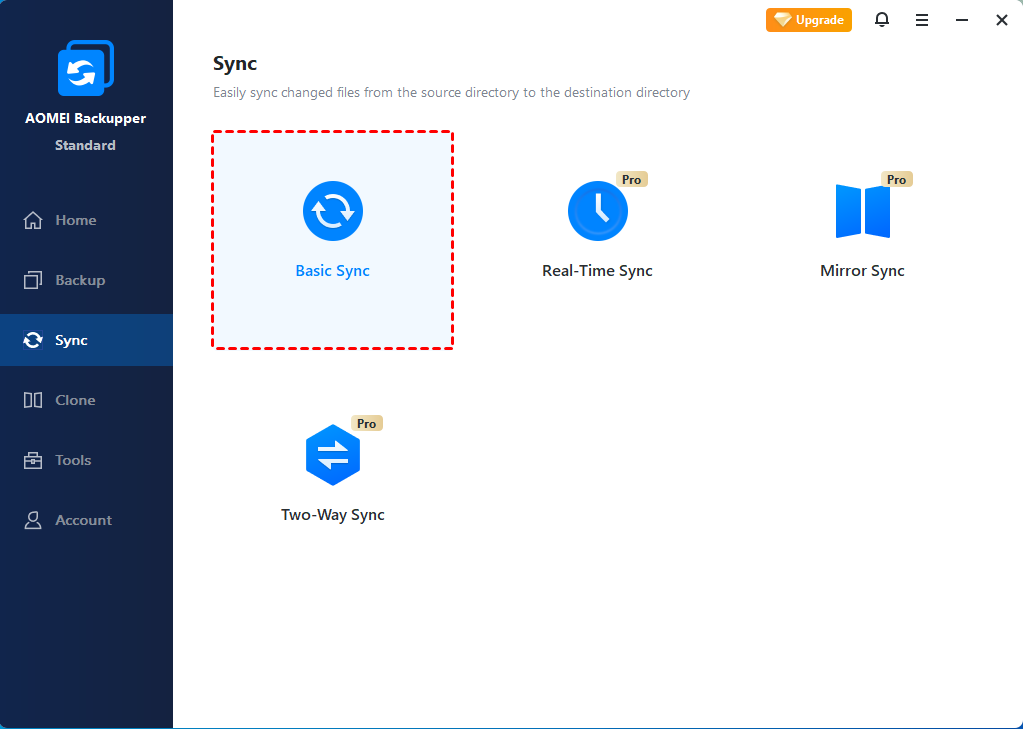


- #How to logout of wd my cloud desktop app install
- #How to logout of wd my cloud desktop app password
- #How to logout of wd my cloud desktop app windows
Important: Most of the PowerShell cmdlets for Az.DesktopVirtualization module requires you to provide necessary parameters before you can see the desired output. The output shows the configuration for each host pool, such as LoadBalancerType, MaxSessionLimit, location of the pool, and so on. To make sure the command returns all the properties, execute the Get-AzWVDHostPool | Select-Object *” command as shown in the screenshot below:Īs you can see in the above screenshot, it lists the host pools that I have created in my environment. The Get-AzWVDHostPool command lists the host pools but note that the command does not return all the properties by default. You can use Get-AzWVDSessionHost to get a list of session hosts attached to each host pool, and so on.įor example, to get a list of WVD host pools from the WVD 2.0 environment, execute Get-AzWVDHostPool.

For example, you can use Get-AzWVDHostPool PowerShell cmdlet to get a list of WVD host pool hosted in the WVD environment. There are several PowerShell commands available as part of Az.DesktopVirtualization to manage WVD 2.0.
#How to logout of wd my cloud desktop app password
You can either connect using an Azure username and password or use a service principal. Once you have installed the PowerShell modules, you will use the Connect-AzConnect PowerShell module to connect to the WVD 2.0 environment.
#How to logout of wd my cloud desktop app windows
Connecting to Windows Virtual Desktop 2.0 environment Install-Module -Name Az.DesktopVirtualizationĪfter executing the command, you should have Az.DesktopVirtualization PowerShell modules installed on your computer.
#How to logout of wd my cloud desktop app install
To install Az.DesktopVirtualization PowerShell modules, you need to do it by executing this command: For WVD 2.0, you are required to use Az.DesktopVirtualization PowerShell module. Az.DesktopVirtualization PowerShell Moduleįor the earlier version of WVD, you had to use RDS PowerShell modules to manage the Azure Windows Virtual Desktop 1.0 environment. Please note that this article explains modules used for the Windows Virtual Desktop Spring update. This article explains which PowerShell modules to install in your environment and some PowerShell commands to help you monitor your Windows Virtual Desktop environment, particularly session hosts status. However, when it comes to monitoring Windows Virtual Desktop, you are required to pay attention to two important tasks: monitoring the overall health of session hosts and active users. For example, you cannot remove or disconnect a session from the Azure Portal. While Microsoft Azure Portal provides a limited set of functionalities through which you can manage some aspects of the Windows Virtual Desktop environment, but you are still required to use PowerShell modules to perform certain tasks. The WVD 2.0 follows the Azure Resource Manager model in which you are required to create a WVD workspace, a resource group, and then deploy WVD components such as Host Pool, session hosts, application groups, etc. Microsoft recently released WVD 2.0, and it is important to note that the architecture of WVD 2.0 has completely been changed from its previous version. Note that most of the management of WVD needs to be done using PowerShell modules. Azure Windows Virtual Desktop service provided by Microsoft offers application virtualization services.


 0 kommentar(er)
0 kommentar(er)
